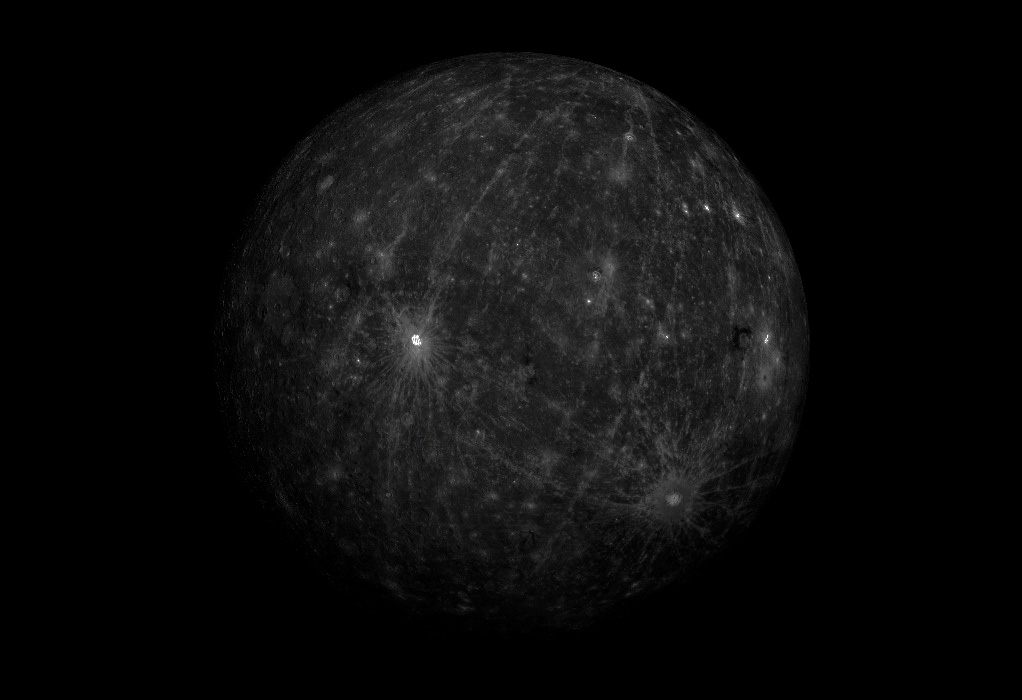
Hope One Dyson Sphere is an ancient construction enclosing a white dwarf star near the Delta Quadrant terminus of the Geroch Wormhole. Based on Talaxian historical records, the star Saepio (a name of Johvan origin) disappeared from the sky approximately 3,500 years ago. A species known as the Builders surrouned the star with the mass of millions of planets. It is a technological wonder
It was first explored by USS Andromeda in 2389 with First Contact initiated by it's senior scientist, Dr. Shun'de Gor'Vosh II.
At the centre of the sphere is a white dwarf star with a radius of 14,000 kilometres (ie. 2% the radius of Sol). It is the smallest white dwarf star mapped by the UFP to date.
The sphere is natively inhabited by three distinct species: Johvan, Kharian and Lacosian. All were species native to planets now lost to time and utilized in the construction of the sphere. The name 'Hope One' was given by Dr. Gor'Vosh. The original Builders departed the sphere 2,500 years ago with no clear explanation in the historial record.
The spheres interior is partially terraformed to M-class conditions. Nature has shaped the surface into lakes and hills with climate ranging from semi-arid to semi-tropical. Several animal species have thrived as well. The ground is, on average, 1 kilometre thick of soil and silica- and alumina-mineral stone.
The artificial troposphere is 17 kilometres thick. It is the habitable portion of the sphere's interior.
The 1.5-kilometre-thick magnetosphere separates the haibatable troposphere from the airless interior of the sphere. It also keeps the surface protected from solar wind and hard radiation from the star. The magnetosphere also disperses directed energy weapons.
There is no day-night cycle within the Sphere. There is no also no Summer-Winter cycle.
Gravity is artificially generated within the shell of the sphere with a scale height of 20 kilometres. Only ships capable to maintaining low orbit or planetary landing can safely approach the sphere's interior surface.
The shell of the sphere is a largely nickel-iron-carbon superstructure with a radius of 108 million kilometres. In general, it is a geodesic polyhedron containing all of the systems that maintain the sphere's habitability. Significant planetary material was collected in the construction of the Sphere. In 2416, geologist Ensign Ariana Serota was investigating vulcalism and theorized that micro-wormholes transported the Sphere's building materials. It's exterior appearance is distinctly that of a K-class planet (eg. Sol I, Beta Eridani I). It's outer surface is a thick layer of regolith pockmarked by impacts by rogue asteroids drawn by the sphere's gravity.
Multiple apertures in the sphere's surface provide access to the interior. There is no order to their placement. They appear as bright circles on the otherwise unlit surface of the sphere.
Because the typical light source in astrophotography is within the Hope One Dyson Sphere itself (ie. it's own star), the image presented is generated from long-exposure, multi-sprectrum radiation sources.

Image of Mercury courtesy of NASA.